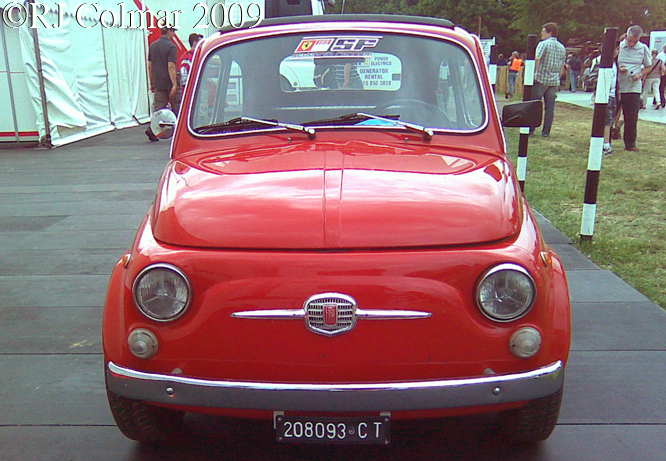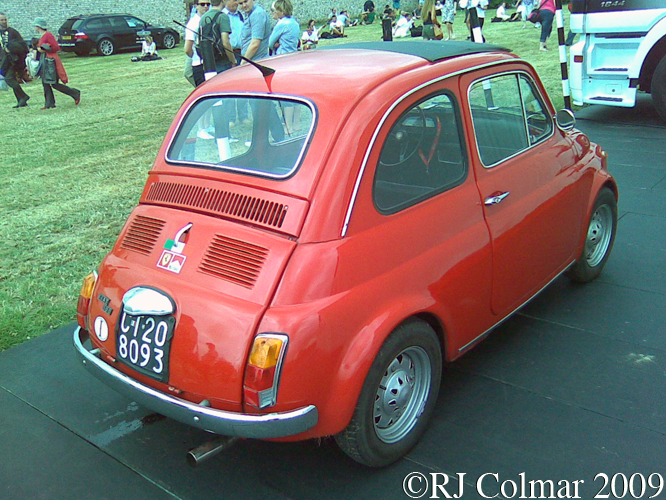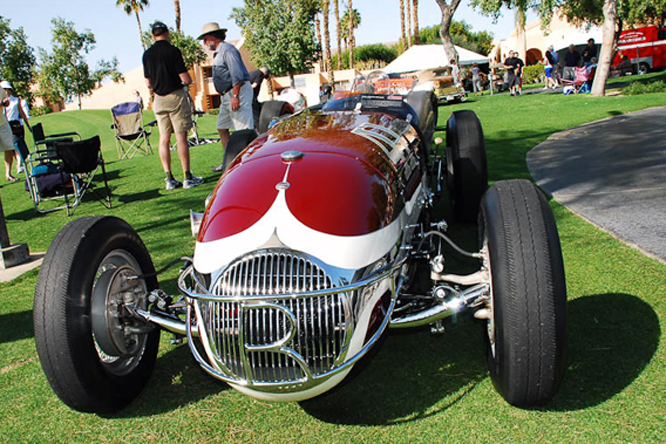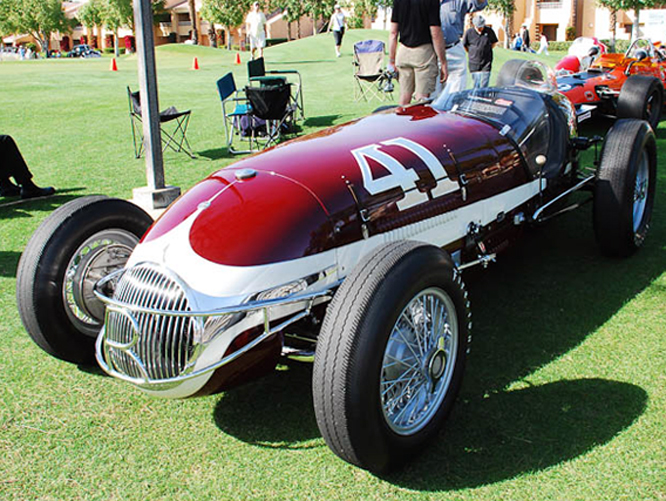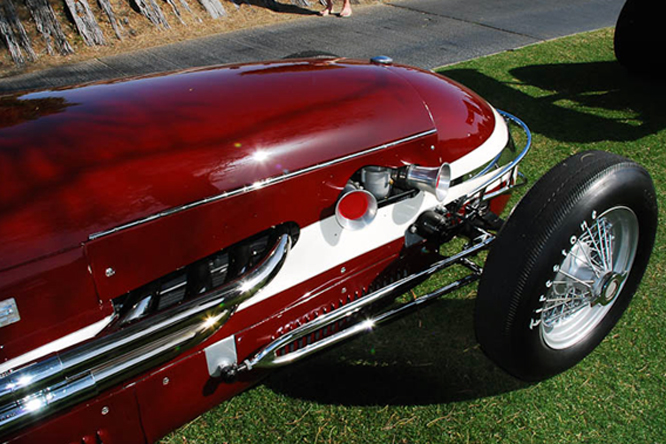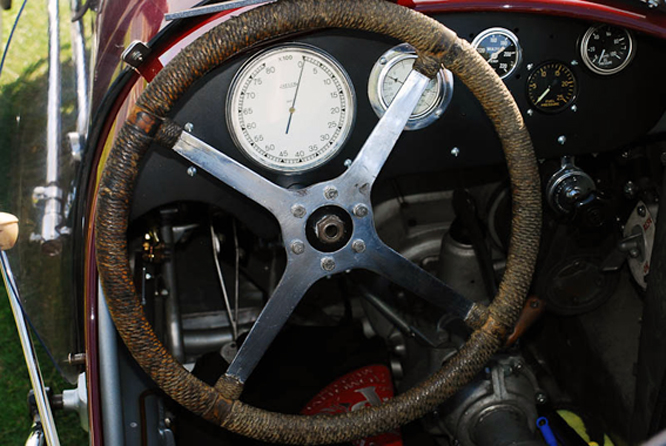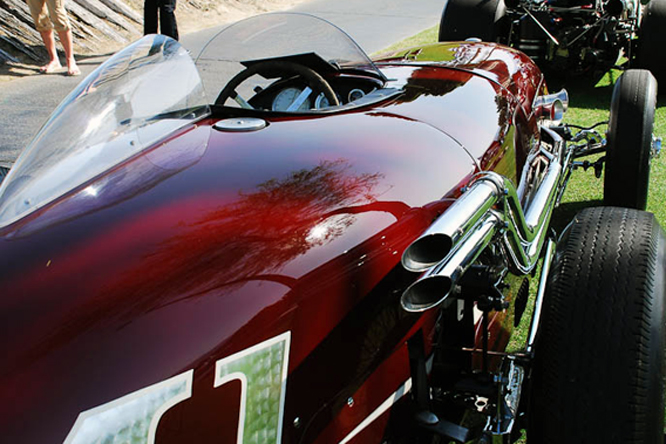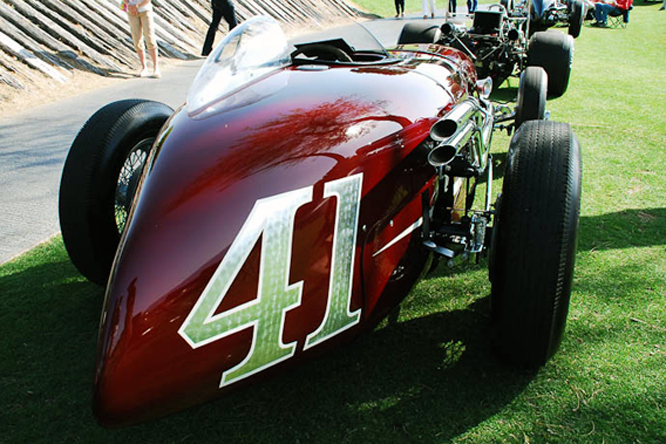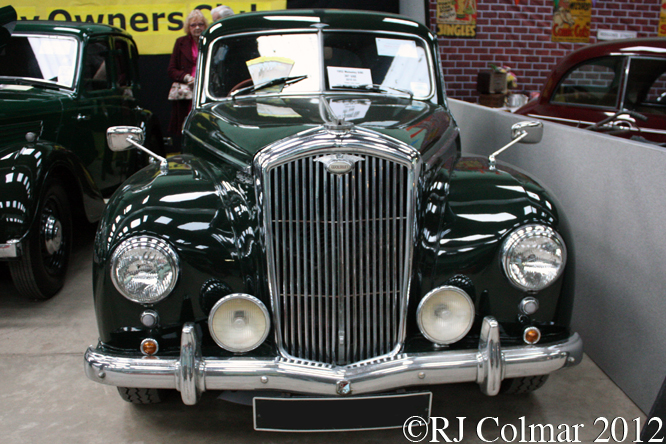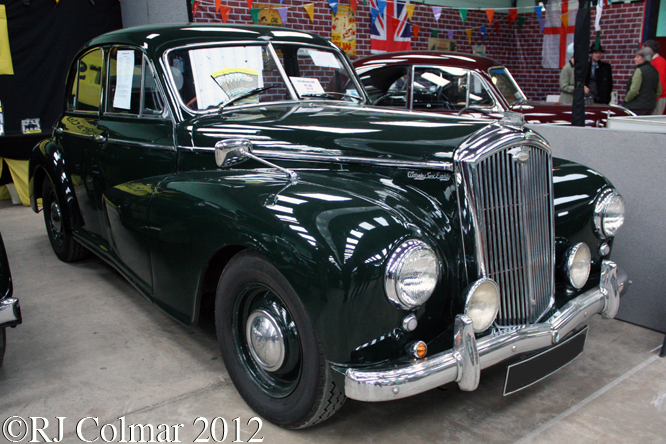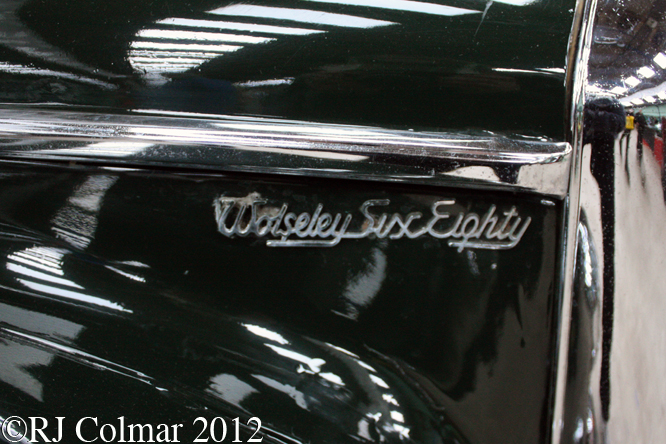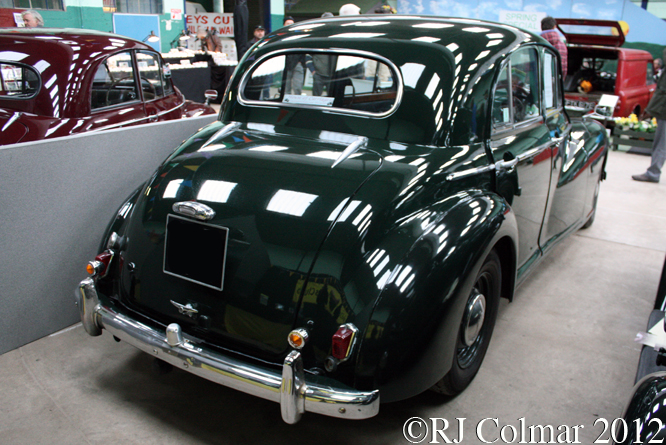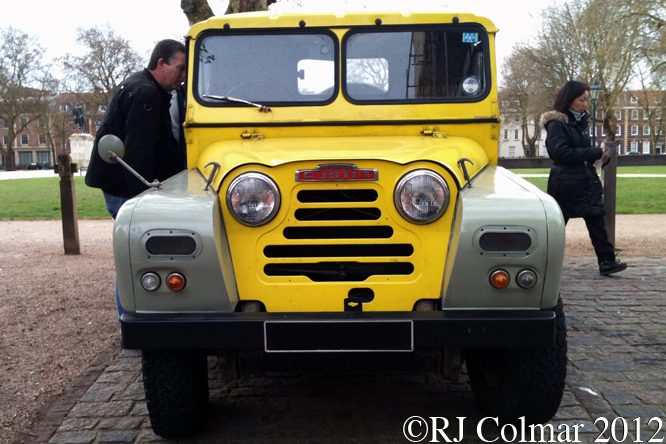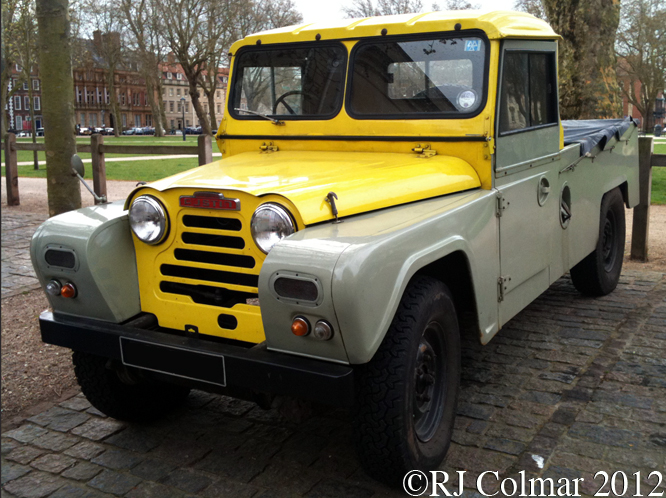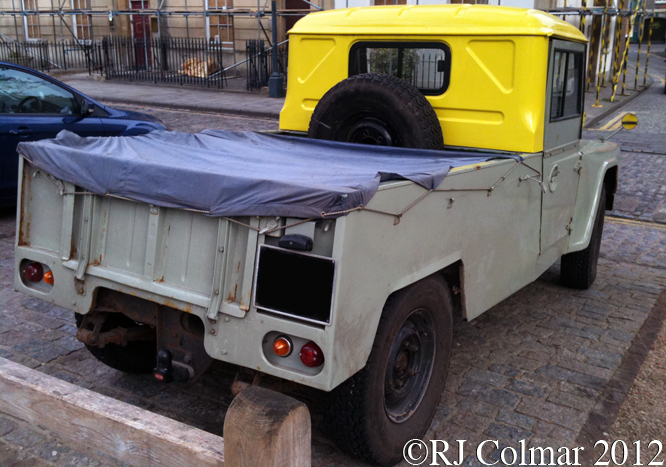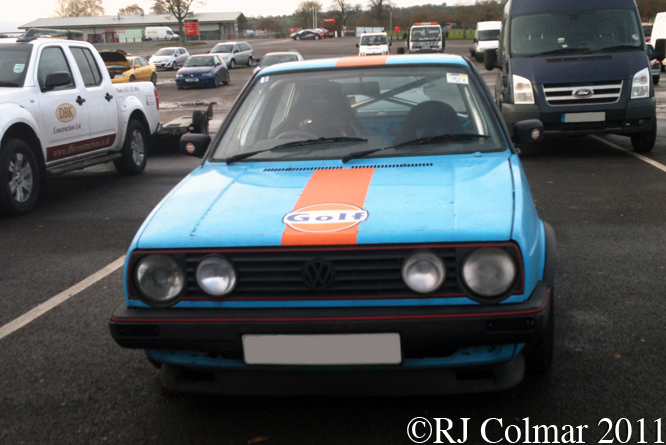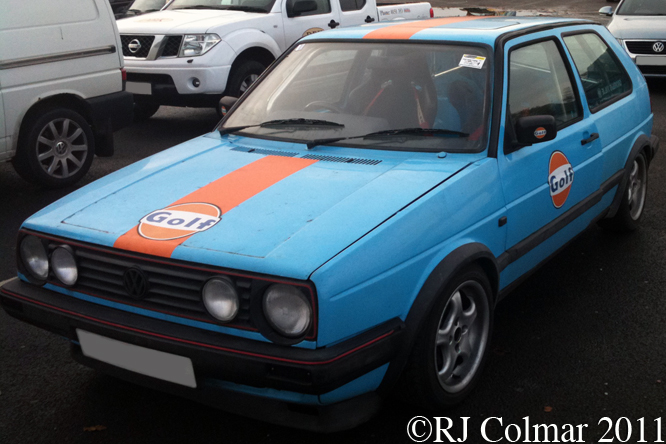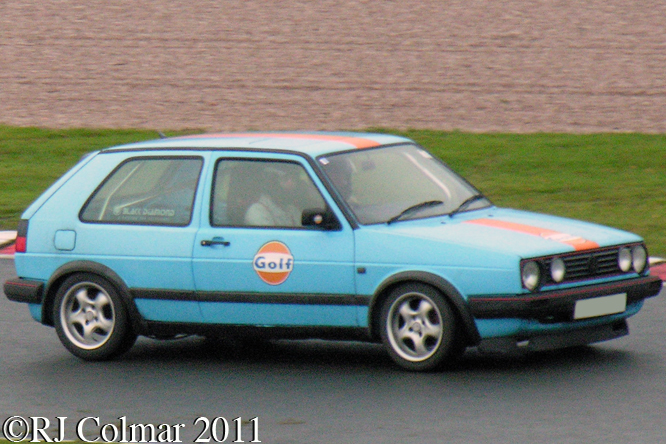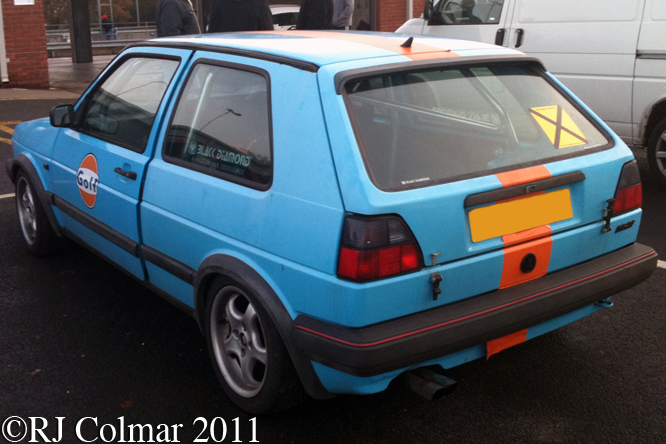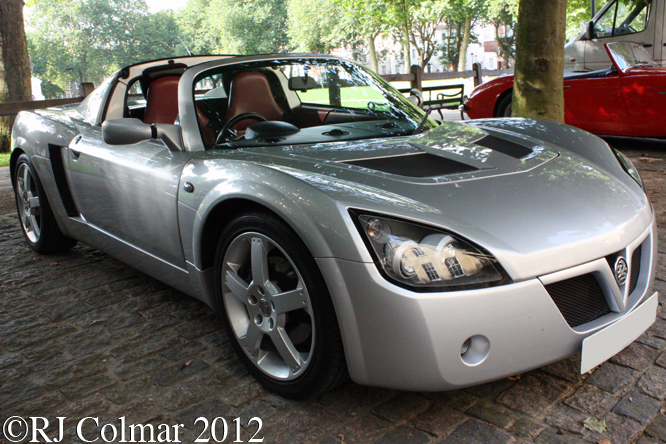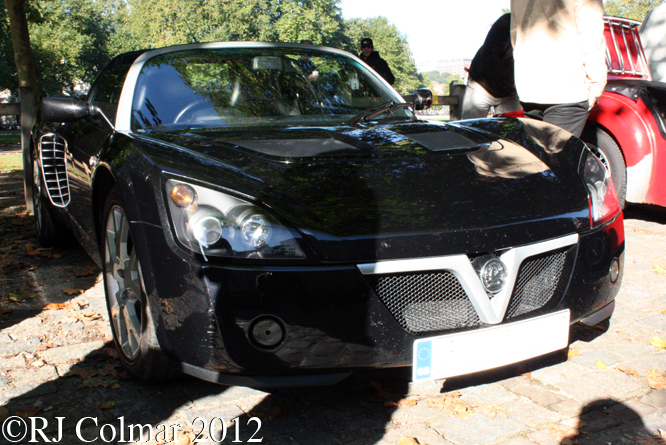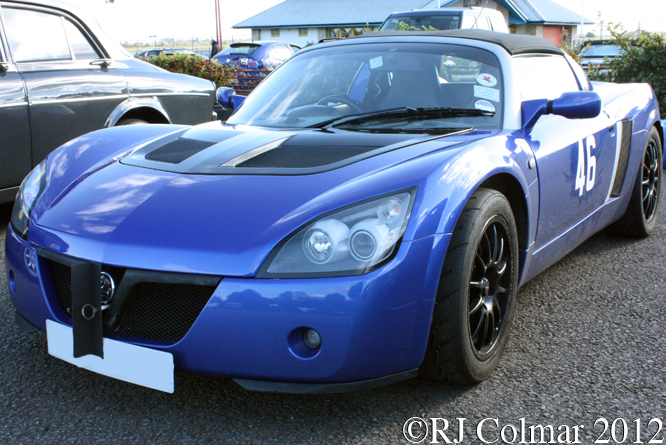Last Bank Holiday Monday I popped over to Castle Combe for the Motors TV Live Race Day where the 750 motor club brought along the Demon Tweeks / Yokohama Locost series which was joined by the MSA British Superkart Championship, Aero Racing Morgan Challenge, Lancaster Insurance and three Castle Combe Championships for a busy 13 race schedule.
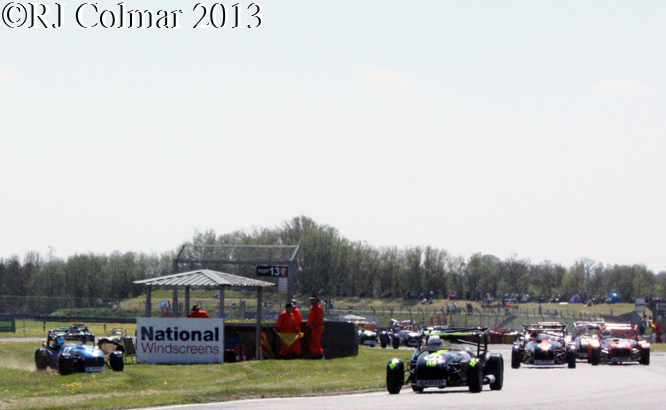
The first of two 750MC Demon Tweeks / Yokohama Locost Championship races took two starts to get underway and even then several competitors from the huge field found it difficult to stay on track on the opening laps above Steven Wells in the #7 Locost is seen having run out of track at the Bobbies Chicane trying to get back on course after passing the marshals post on the wrong side. The maneuver cost Steve who had been fifth twenty places of which he recovered nine for a 16th place finish. Locost race 1 was won by Alistair Garret who started from Pole and led every lap.
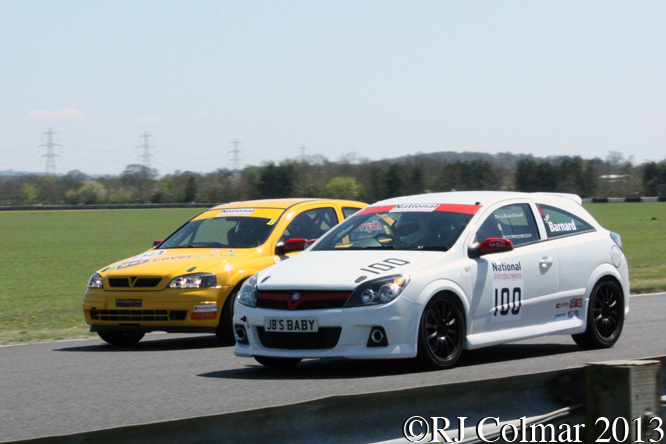
Mark Wyatt qualified on pole for the Castle Combe Saloon Car Championship in Association with National Windscreens race and ended up leading every lap after challenges from Tony Hutchings driving an Audi TT and William di Claudio driving his Peugeot 106 GTi faded once Wyatt started lapping cars on lap 5. Wyatt driving the yellow #98 Vauxhall Astra is seen above lapping the #100 Vauxhall VXR Turbo of John Barnard.
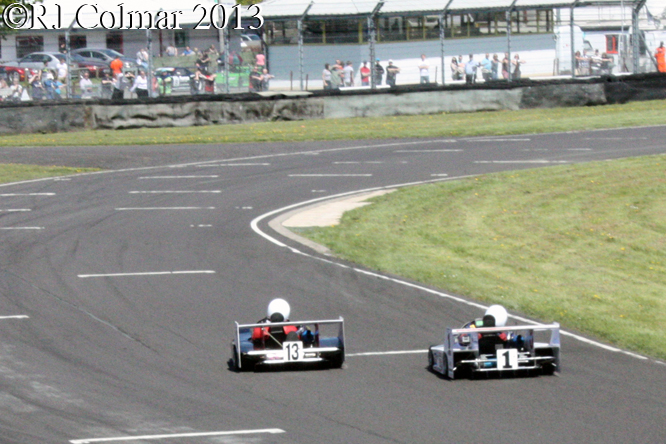
Not sure how many decades it has been since I have seen any Kart racing but the two races on Monday reawoke my appreciation of these ballistic mostly 2 stroke projectiles that lapped Castle Combe 10 seconds faster than the previous saloon car race. Above James O’Reily who started 4th on the #13 PVP Viper Honda pulls off a brilliant winning last lap, last corner, move going round the outside of Paul Platt aboard the PVP Redspeed Honda going into Camp Corner in the first of two MSA British Superkart Championship races.
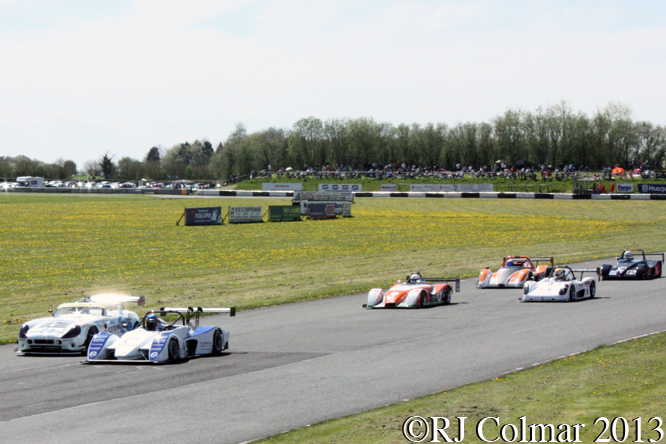
Perry Waddams was a bit too keen to get the Castle Combe Sports & GT Championship supported by Siliconhoses.com race under way in his #77 Chevrolet LS3 powered TVR Tuscan Challenge, Perry is seen above relinquishing the lead, from a ninth place start to eventual winner Craig Flemming who started the race from second on the grid in his #5 Juno TR250 a couple of hundred yards after the start. Note Pole sitter Simon Tilling was swamped in the #23 Radical SR3T which had already fallen to fifth place.
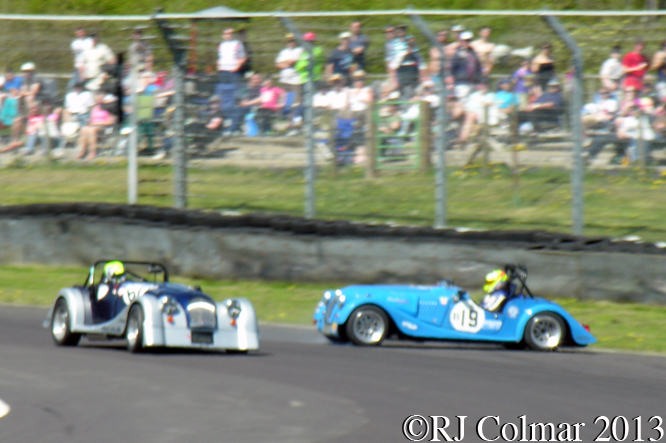
Quarry was the place to be on the opening lap of the Aero Morgan Challenge race above pole sitter William Plant driving the #19 Morgan 4/4 is seen above after being inadvertently punted off by eventual winner Tom Jones driving the #67 Morgan Roadster. Plant made an entertaining recovery from 23rd to 3rd by the end of the 25 minuet race.
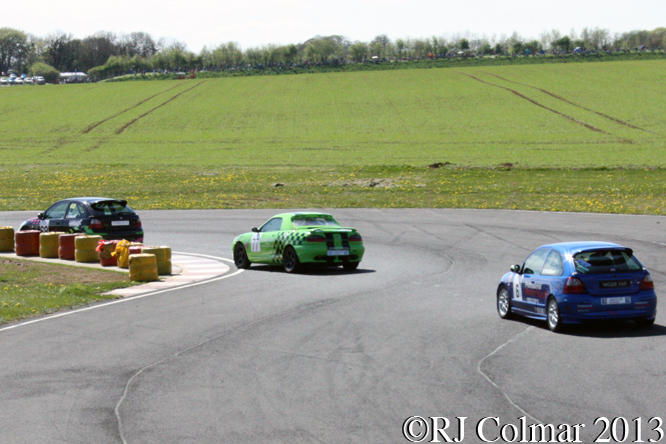
Pole sitter Lee Sullivan led the opening 3 laps of the first Lancaster Insurance MGOC Championship races driving the #68 MG ZR from the #77 MGF 160 of Robb Addison and #6 MG ZR 160 of John O’Brien but it was Ben Palmer driving the #12 MG ZR starting from 4th place who won the race starting from 4th on the grid after Sullivan dropped down the field on Lap 4. Above Sullivan leads the race on the opening lap through the Esses.

Race of the day was the Castle Combe Formula Ford 1600 Championship which saw the return of Ben Norton driving the #111 Spectrum 10b which he qualified on pole. Ben and Steven Jensen driving the #22 Spectrum 011b proceeded to romp away from the rest of the field while engaged in a thrilling dice that saw the lead swap many times. Ben eventually made the winning move seen above going into Tower Corner on the last lap, a nice way to mark becoming a father. Ben and Steven were unanimously voted drivers of the day for their thrilling performance.
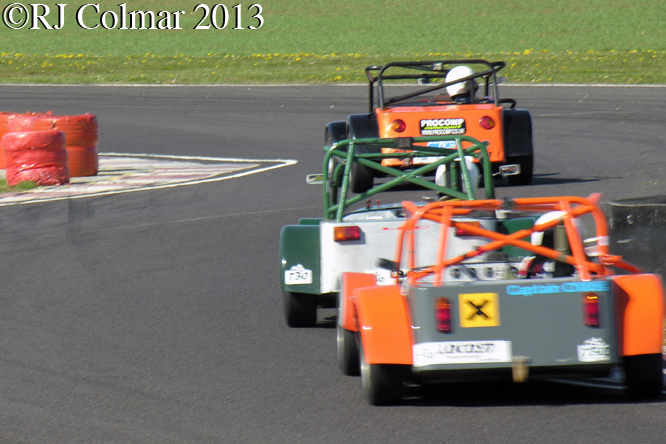
The second 750MC Demon Tweeks / Yokohama Locost Championship was as entertaining as the first with Alistair Garret starting from 4th grabbing the lead which he then swapped with Richard Jenkins on several occasions with novice Tim Neat joining the fun. The race was eventually won by Jenkins who is seen above chasing Garret while being pursued by Neat through Bobbies Chicane.
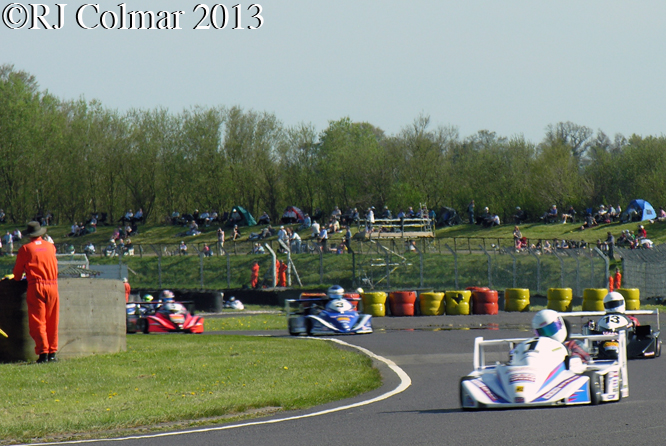
Toby Davis driving the #3 Anderson Viper Honda made a brilliant start from 5th on the grid to lead the opening 3 laps of the second of the MSA British Superkart Championship races before surrendering it to Race 1 winner James O’Reilly #13 PVP who then spent the next ten laps swapping the lead with Paul Platt driving the #1 PVP, the final result saw O’Reilly snatch the lead on the last lap of the last corner again to become the days first two time winner. Above Platt leads O’Reilly and Davis onto Westfield.
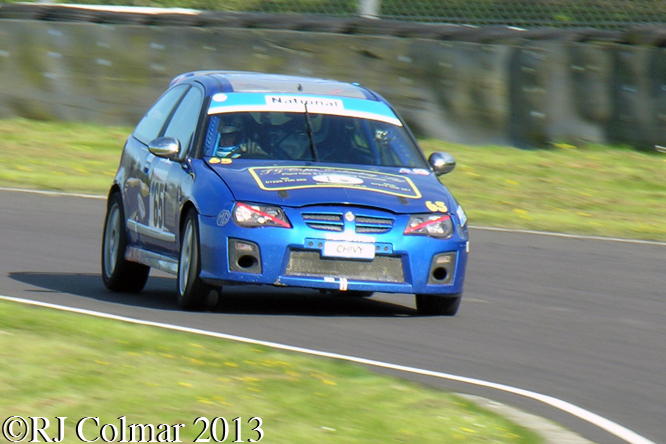
Once Tony Dolley retired from the lead of the non championship Saloon Car race Martin Chivers driving the #65 MG ZR pulled away from the remaining field to take his first victory at Castle Combe by over 8 seconds. Martin is seen above at Tower.
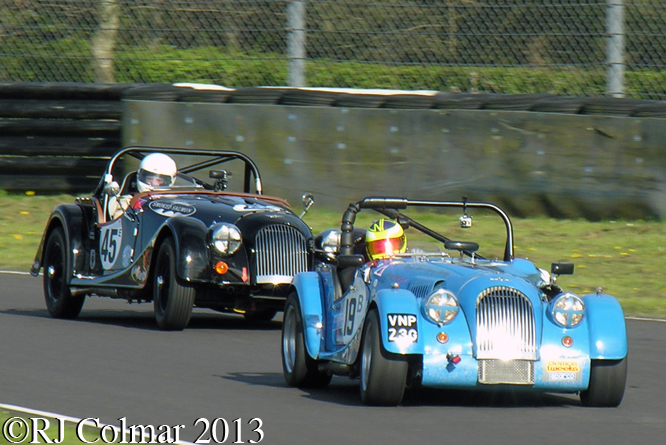
The second Aero Racing Morgan Challenge race saw William Plant making no mistakes starting from third on the grid William took the lead and was never headed eventually winning the race by over 4 seconds. William is seen above lapping the #45 Morgan 4/4 Sport of Tim Parsons.
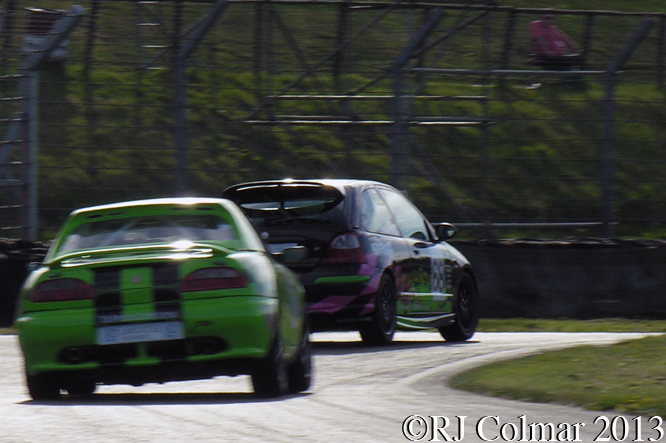
Like wise Lee Sullivan made no mistakes in the second Lancaster Insurance MGOC Championship race winning by 1.2 seconds from pole, Lee’s #68 MG ZR is seen above being chased through tower by the #77 MG F 160 of Robb Addison who retired after 5 laps were completed.
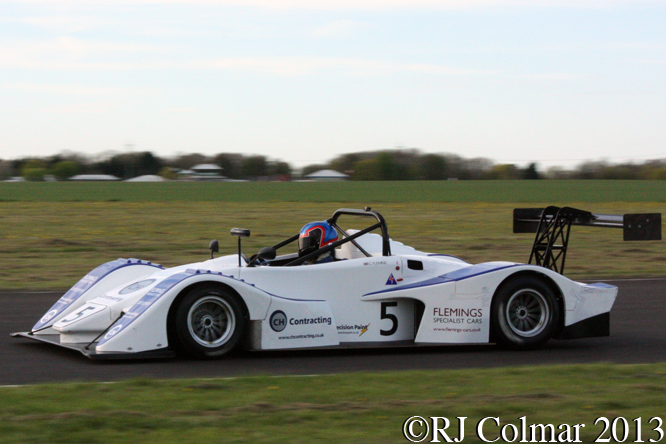
The final, non championship, race of the day was for Sports and GT cars which Craig Flemming starting from pole won by 5 seconds from the Mallock driven by Adrian Hamilton. Craig is seen driving the #5 Juno TR250 above along the Hammerdown straight.
After a glorious day in the sun I went home with my appetite for motor racing satiated for one day at least. Full results of the day can be found on this link.
Thanks for joining me on this “Motors TV Live Race Day” edition of “Gettin’ a li’l psycho on tyres” I hope you will join me again tomorrow for Americana Thursday. Don’t forget to come back now !
PS Earlier this week I was invited to write a for Motorsports Unplugged and you can read my first piece Fortune Favours Fernando and Ferrari on this link.
